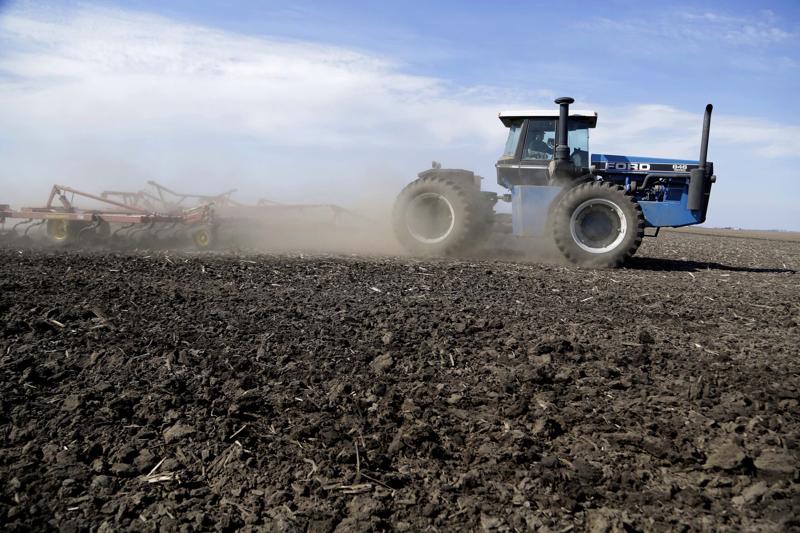(The Center Square) – After the three most profitable years in history, Illinois corn and soybean farmers are bracing for a slowdown. Prices have tanked. Demand from China and other importers has yet to catch up. And storage bins are full of last year’s unsold corn.
“Farmers know that there are more bad years than there are really good years,” agriculture economist Steve Irwin of the University of Illinois said.
Put the downturn in context, he said.
“2024 to 2025 right now is looking like there will be some substantial losses, but we are coming off of a very high-profit period,” Irwin said.
The reserves that have been built up over the past three years give farmers a substantial cushion, he said. Supply-demand balances for grains are not historically burdensome at this time.
“Looking six to 18 months down the road, which is what is top of mind in the market, then things are looking grimmer,” Irwin said.
On the supply side, large South American crops will be hitting the markets in the next few months. Here in the United States, the acreage base for spring-planted grain crops is expected to remain large by historical standards, adding to the supply-side burden.
On the demand side, overall weakness, particularly in the demand from China, where they are having economic struggles, has hurt exports. A slowdown in the demand for meat in China has dampened the demand for imported feedstuff, Irwin said.
Demand from China “is still growing. It is just not exploding as quickly as it has for much of the last decade,” Irwin said. “Supply trends have started to impact demand trends. Fundamentally, that is what happened.”
According to the current projected prices for corn and soybeans next fall, both corn and soybeans in Illinois look to lose money this year, with soybeans losing far less than corn, Irwin said.
“Anybody who has farmed for any length of time knows that there is a cycle in grain prices. It is hard to predict but prices are not going to stay as high as they have been forever,” he said.
Farmers are economizing, Irwin said.
Where they can, farmers will lean toward planting more soybean acres and less corn this spring – but only at the margins, Irwin said. Some farmers will replace corn acres with sorghum, which is a less input-intensive feed grain. Farmers will put off making large equipment purchases. And they will rein in household living expenses, Irwin said.
“Income outlook is negative for the immediate future, but things can change very fast depending on the weather,” Irwin said.
A significant hot dry summer could send grain prices shooting right back up, he said.







